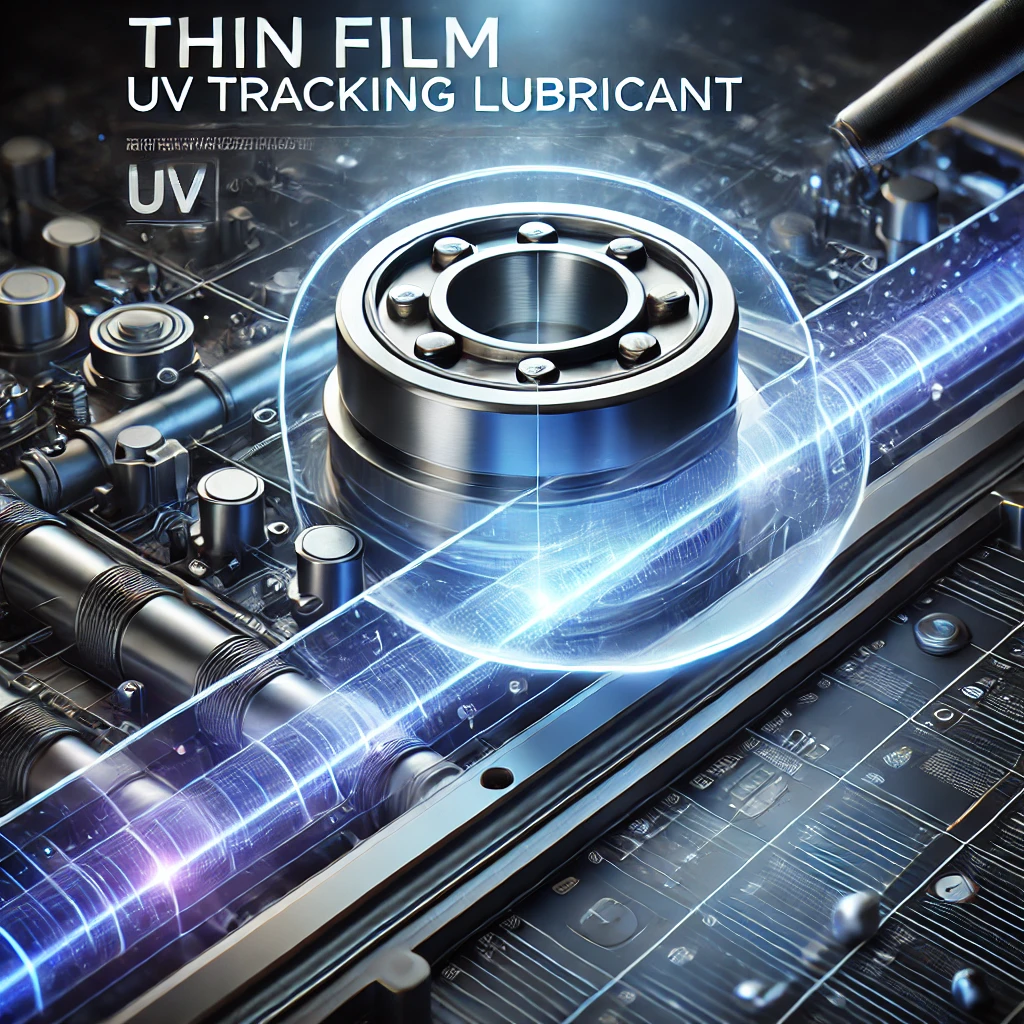Technical Blogs
Why KB Value Matters: Understand the Key Indicator Behind Solvent Cleaning Power
Why KB Value Matters:
Understand the Key Indicator Behind Solvent Cleaning Power
Understanding the KB Value of Solvents (Kauri-Butanol Value)
What Is the KB Value?
The KB value (Kauri-Butanol value) is an empirical index that measures the relative solvency strength of a solvent. A higher KB value indicates greater ability to dissolve organic substances such as oils, waxes, silicones, and resins.
- High KB value: Strong solvency power, effective cleaning performance, but may be aggressive toward sensitive materials.
- Low KB value: Mild solvency, suitable for delicate components or as a carrier solvent.
Common Novec Products and Their KB Values
NOVEC Product |
Approx. KB Value |
Primary Applications |
|---|---|---|
Novec 7100 (Methoxy-nonafluorobutane) |
~ 13 | Gentle cleaning, heat transfer, carrier solvent |
Novec 7200 (Methoxy-nonafluoroisobutane) |
~ 10 | Even gentler, ideal for heat transfer and sensitive electronics |
Novec7500 |
~ 9 | Heat transfer fluid with negligible solvency |
Novec 71IPA (7100 + ~15% IPA) |
~ 27-30 | Moderate solvency for light oil and grease removal |
Novec 72DE (7100 + alcohol + trans-DCE) |
100+ | High solvency for stubborn residues, silicone oils |
Novec 73DE (7100 + trans-DCE) |
~ 90 | Effective for flux removal, heavy oils, and silicone cleaning |
KB Value Reference and Recommended Uses

Solvency Strength:
Weak
Precision electronics, heat exchangers, surface wetting

Solvency Strength: Moderate
General grease and light contamination removal

Solvency Strength:
Strong
Heavy oils, silicone oils, flux cleaning, degreasing
How to Select the Right Solvent
-
For delicate components (e.g., cameras, optical devices, PCBs):
Choose low KB solvents like Novec 7100 / 7200. -
For tough residues such as silicone oils or flux:
Use high KB solvents like Novec 72DE / 73DE. -
For carrier or dilution purposes (e.g., silicone oil dilution):
Opt for Novec 7100 or hybrid blends like Novec 71IPA.
KB Value of Solvents | Safety Notes
-
Most fluorinated solvents are low in toxicity, low odor, and non-flammable, especially when compared to traditional solvents.
-
Environmentally friendly: Ozone-safe, with some models developed as sustainable alternatives to HFCs.
-
Always select the solvent based on application and material compatibility.
KB Value Is an Empirical Indicator, Not a Structural Property
The KB value is not a chemical formula or fixed physical constant. Rather, it is an experimentally derived metric that evaluates the relative ability of a solvent to dissolve non-polar substances, particularly oils, waxes, and resins.
The Chemistry Behind the KB Value
The KB value is defined by the ASTM D1133 standard test method:
-
A test solvent is gradually added to a standard Kauri resin/n-butanol solution.
-
The KB value is determined by the volume required to cause the solution to turn cloudy (cloud point).
-
The less solvent required, the stronger its solvency power, hence higher KB value.
Factors Influencing KB Value
Although the KB value is not derived directly from molecular structure, certain structural features significantly affect it:
Structural Feature |
Impact on KB value |
|---|---|
Polar functional groups (e.g., –OH, =O) |
Increase solvency → Higher KB |
Aromatic rings (e.g., benzene) |
Enhance resin/oil interaction → Higher KB |
Short-chain alkanes (low MW) |
Weak solvency → Lower KB |
Long branched alkanes (e.g., Isopar) |
Mild solvency → Low KB |
KB Value Comparison of Common Solvents (Structure vs Performance)
Solvent |
Structure Type |
KB Value |
Notes |
|---|---|---|---|
Toluene |
Aromatic hydrocarbon | ~105 | Benzene ring contributes to strong solvency |
Isopropanol (IPA) |
Polar alcohol | ~60 | Moderate polarity, decent solvency |
Hexane |
Straight-chain alkane | ~30 | Non-polar, average solvency |
Isopar G |
Branched long-chain alkane | ~27 | Mild, suitable for sensitive applications |
Novec 7100 |
Fluorinated ether | ~13 | Non-polar, weak solvency |
Novec 72DE |
Fluoroether +DCE | ~100+ | Blend of polar and non-polar structures for strong solvency |
KB Value | Summary
The KB value is a practical metric for comparing solvent strength:
-
It is not based on a specific chemical structure or formula.
-
Aromatic rings, polar functional groups (like –OH, –O–, –Cl) typically increase KB values.
-
Non-polar long-chain hydrocarbons such as Isopar or fluorinated Novec solvents usually have lower KB values, offering gentler solvency.
Contact Us:
For product technical documents (TDS, MSDS), sample requests, or business collaboration opportunities, please feel free to contact us:
📍 Address: No. 11, Ln. 83, Longshou St., Taoyuan City 330, Taiwan
📞 Phone: +886-3-3789595
📠 Fax: +886-3-3701722
🌐 Website: http://yamabala.com
📧 Email: assistant@yamabala.com






